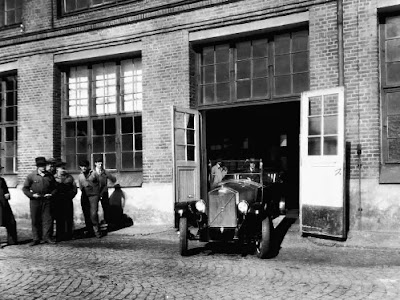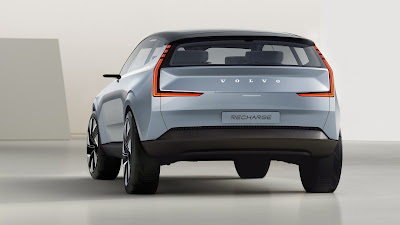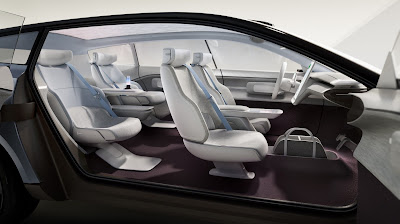.jpeg)
The official website of Volvo is,
The official website of volvo group is,
Volvo trademark was used by two separate companies: Volvo Group – a manufacturer of trucks, buses and construction equipment (among others) owned by Swedish interests.
Which sold their Volvo car corporation unit to the Ford company.
Volvo Car Corporation was under the ownership of Ford until 2010 when it was sold to Geely Automobile of China which owns over 15 other vehicle makers.
The Volvo Group (Swedish: Volvokoncernen; legally Aktiebolaget Volvo, shortened to AB Volvo, stylized as VOLVO) is a Swedish multinational manufacturing corporation headquartered in Gothenburg. While its core activity is the production, distribution and sale of trucks, buses and construction equipment, Volvo also supplies marine and industrial drive systems and financial services. In 2016, it was the world's second-largest manufacturer of heavy-duty trucks with its subsidiary Volvo Trucks.
Automobile manufacturer Volvo Cars unit, also based in Gothenburg, was part of AB Volvo until 1999, when it was sold to the Ford Motor Company. Since 2010 Volvo Cars has been owned by the automotive company Geely Holding Group. Both AB Volvo and Volvo Cars share the Volvo logo and cooperate in running the Volvo Museum in Sweden.
History
The brand name Volvo was originally registered as a trademark in May 1911 with the intention to be used for a new series of SKF ball bearings. It means "I roll" in Latin, conjugated from "volvere". The idea was short-lived, and SKF decided to simply use its initials as the trademark for all its bearing products.

In 1924, Assar Gabrielsson, an SKF sales manager, and Gustav Larson, a KTH educated engineer, decided to start construction of a Swedish car. They intended to build cars that could withstand the rigors of the country's rough roads and cold temperatures.
AB Volvo began activities on 10 August 1926. After one year of preparations involving the production of ten prototypes, the firm was ready to commence the car-manufacturing business within the SKF group. The Volvo Group itself considers it started in 1927, when the first car, a Volvo ÖV 4, rolled off the production line at the factory in Hisingen, Gothenburg.
Volvo First car
On the morning of 14 April 1927, the first Volvo car drove out through the factory gates in Gothenburg on the west coast of Sweden. The car was officially called the ÖV4 and it was an open tourer with a four-cylinder engine. The world's first Volvo was ready to hit the road.
Only 280 cars were built that year.

Volvo First Truck
The first truck, the "Series 1", debuted in January 1928, as an immediate success and attracted attention outside the country. In 1930, Volvo sold 639 cars, and the export of trucks to Europe started soon after; the cars did not become well known outside Sweden until after World War II.
.jpeg)
AB Volvo
AB Volvo was introduced at the Stockholm Stock Exchange in 1935 and SKF then decided to sell its shares in the company. By 1942, Volvo acquired the Swedish precision engineering company Svenska Flygmotor (later renamed as Volvo Aero).
Pentaverken, which had manufactured engines for Volvo, was acquired in 1935, providing a secure supply of engines and entry into the marine engine market.
Volvo First Bus
The first bus, named B1, was launched in 1934, and aircraft engines were added to the growing range of products at the beginning of the 1940s.

Volvo First Tank
Volvo was also responsible for producing the Stridsvagn m/42 m during the second World war cars production slowed.
Stridsvagn m/42 (Strv m/42) was a Swedish medium tank in service in the World War II period. Known by its manufacturer AB Landsverk as Lago II-III-IV, it fielded a 75 mm L/31 gun, the first of its size in a Swedish tank. It entered service with the Swedish Army in April 1943. Modern in design and mobile, a total of 282 were produced.
.jpeg)
Volvo little car
.jpeg)
Volvo estate car
.jpeg)
Volvo sports car

.jpeg)
.jpeg)
Volvo safety marks
.jpeg)
.jpeg)
.jpeg)
.jpeg)
.jpeg)
New orientation - more brands
Ford buy Volvo car division
Volvo Ownership
Volvo 2023 Vision
.jpeg)
.jpeg)


.jpeg)





.jpg)
-01.jpeg)

%20(1).jpeg)